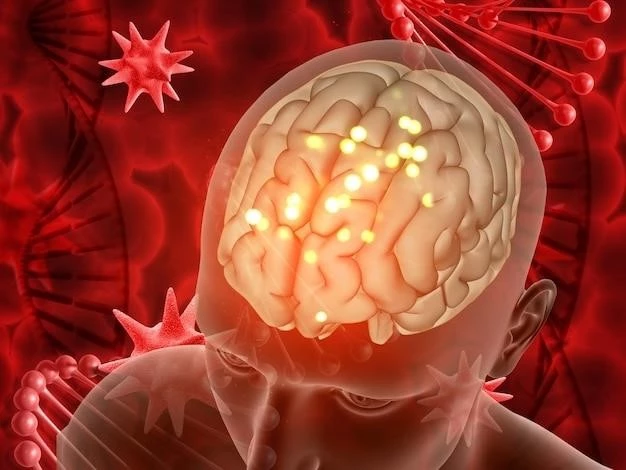Craniostenosis
Craniostenosis is primarily caused by premature fusion of one or more cranial sutures, inhibiting normal skull growth. This condition can result from genetic mutations, environmental factors, or unknown causes.
Causes of Craniostenosis
Causes of Craniostenosis include genetic conditions such as Apert syndrome, Crouzon syndrome, and Pfeiffer syndrome. Environmental factors like maternal smoking during pregnancy or exposure to certain medications can also contribute. In some cases, the exact cause remains unknown.
Symptoms of Craniostenosis
Symptoms of Craniostenosis may include an abnormal head shape, early closure of the soft spot on a baby’s head, slow or no head growth, developmental delays, and in severe cases, high pressure inside the skull leading to vision problems, seizures, or developmental regression. Diagnosis by a healthcare professional is essential.
Treatment options for Craniostenosis
Treatment for Craniostenosis typically involves surgery to release fused sutures and allow the skull to grow properly. Surgery aims to relieve pressure on the brain and correct head shape abnormalities. Regular monitoring and follow-up care are essential to address any ongoing issues and ensure optimal outcomes for the patient.

Complications of Craniostenosis
Complications of Craniostenosis may include increased intracranial pressure, vision problems, developmental delays, cognitive impairment, hearing loss, and in severe cases, life-threatening issues. Early diagnosis and appropriate treatment are crucial in minimizing complications and promoting the best possible outcomes for affected individuals.
Cataracts
Cataracts are characterized by clouding of the eye’s natural lens, leading to blurry vision. They commonly develop with age but can also result from factors like diabetes, smoking, or eye injuries. Seeking early diagnosis and appropriate treatment is key in managing cataracts effectively.
Understanding Cataracts
Cataracts involve the gradual clouding of the eye’s lens, leading to vision impairment. This condition can cause blurry vision, sensitivity to light, difficulty seeing at night, and faded colors. Aging, certain medical conditions, and lifestyle factors contribute to cataract development. Regular eye exams are crucial for early detection and management.
Surgical procedures for Cataracts
Surgical treatment for cataracts involves removing the cloudy lens and replacing it with an artificial intraocular lens. Common techniques include phacoemulsification, extracapsular cataract extraction, and laser-assisted surgery. These procedures aim to restore clear vision and improve quality of life for individuals affected by cataracts.
Prevention and Lifestyle changes for managing Cataracts
Prevention of cataracts involves wearing sunglasses with UV protection, quitting smoking, managing diabetes and other health conditions, eating a diet rich in fruits and vegetables, and getting regular eye check-ups. Lifestyle changes like maintaining a healthy weight, exercising regularly, and protecting eyes from injury can help reduce the risk of developing cataracts.
